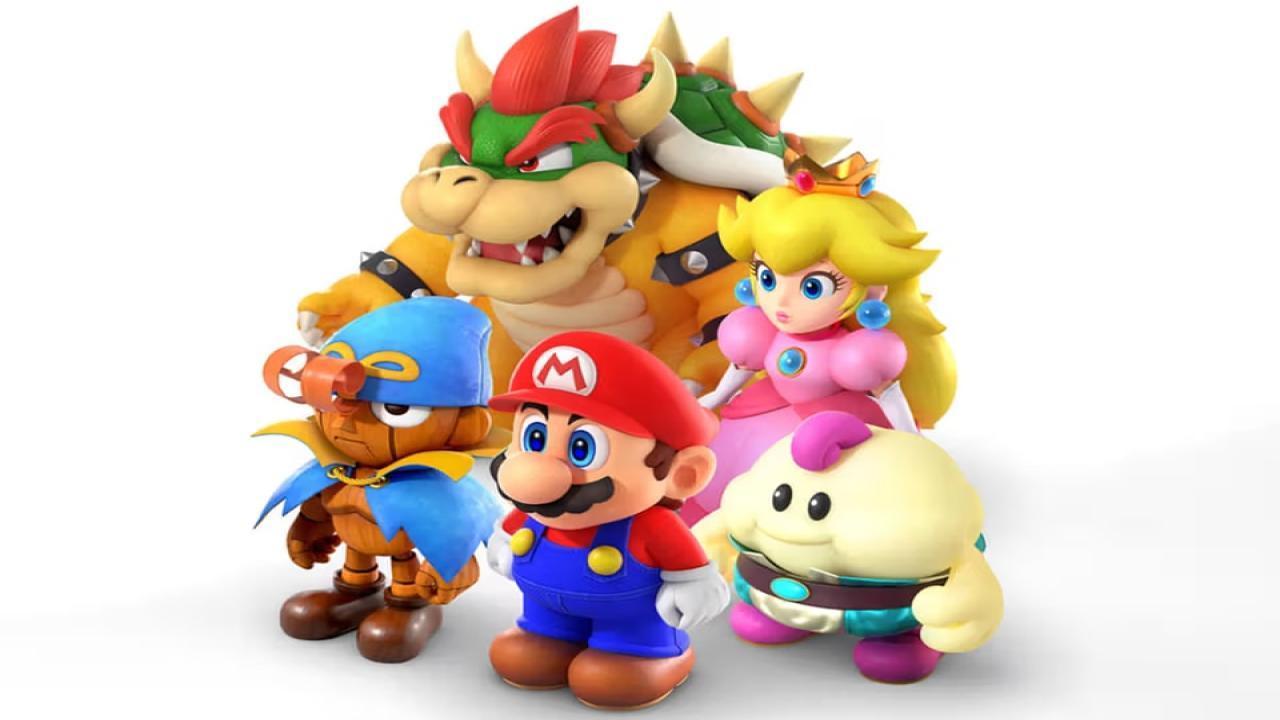Article Categories
- Baldur's Gate 3
- Diablo
- Elder Scrolls
- General
- Hogwarts Legacy
- League of Legends
- Minecraft
- Pokemon Go
- Sims 4
- StarCraft
- Steam Platform
- Xbox Game Console
More Articles
Are there any differences between the different releases of Donkey Kong for the NES?
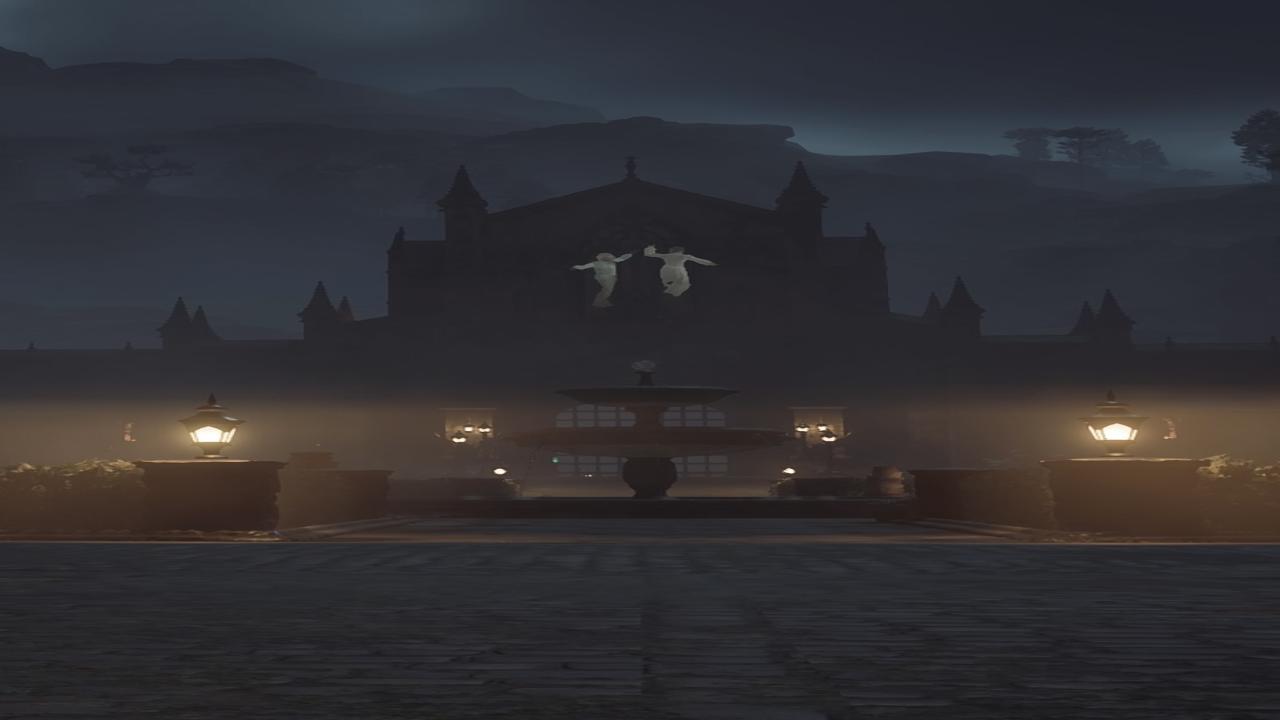
Donkey Kong was first ported to the Famicom (NES) in 1983, at the console's launch in Japan.
In 1986, the Arcade Classics Series, a set of arcade games ported to the NES, was released in the United States, with Donkey Kong being included.
In 1988, Donkey Kong Classics was released for the NES. It consisted of a compilation of Donkey Kong and Donkey Kong Jr.
Are all three of these Donkey Kong releases identical? Or are there any differences between them?
Question from user AAM111 at gaming.stackexchange.com.
Answer:
According to Strategy Wiki:.
Developed by Nintendo for the Famicom in 1983 and published for the NES in 1986. It was also made available for the Famicom Disk System as one of the first games purchasable through the Disk Writer system, where players could pay to write games to blank disks. In North America, Donkey Kong was later released on a compilation cart with Donkey Kong Jr., titled Donkey Kong Classics.
None of these original versions contain the Conveyor Belt Stage.
So they look the same game, as it's written.
The only known difference is between the arcade version and NES version, according to Gamespot:.
The Famicom (Japan's NES) version of Donkey Kong was actually not a bad game, all things considered. Only one level was missing (in arcades, the third level), but almost everything else was present.
The music was an exact copy of the music from the arcade game. Somewhat strange though were the bizarre sounds Mario made when walking around the levels.
and to Videogameden:.
This port of Donkey Kong has a few differences with the original arcade game. First of all, the short introduction sequence was completely removed - in the original game, Donkey Kong climbs the construction site with Pauline under his arm and heavily stromps his feet as he reaches the top, causing the metallic girders to collapse and form the first screen. The 25-meter scale displayed between screens was also omitted - in the arcade game, each screen represents 25m of the construction site, from 25m to 100m.
EDIT:.
No, apparently the Japanese Famicom version seems to have an English localization:.
Answer from user pinckerman at gaming.stackexchange.com.

Donkey Kong was first ported to the Famicom (NES) in 1983, at the console's launch in Japan.
In 1986, the Arcade Classics Series, a set of arcade games ported to the NES, was released in the United States, with Donkey Kong being included.
In 1988, Donkey Kong Classics was released for the NES. It consisted of a compilation of Donkey Kong and Donkey Kong Jr.
Are all three of these Donkey Kong releases identical? Or are there any differences between them?
Question from user AAM111 at gaming.stackexchange.com.
Answer:
According to Strategy Wiki:.
Developed by Nintendo for the Famicom in 1983 and published for the NES in 1986. It was also made available for the Famicom Disk System as one of the first games purchasable through the Disk Writer system, where players could pay to write games to blank disks. In North America, Donkey Kong was later released on a compilation cart with Donkey Kong Jr., titled Donkey Kong Classics.
None of these original versions contain the Conveyor Belt Stage.
So they look the same game, as it's written.
The only known difference is between the arcade version and NES version, according to Gamespot:.
The Famicom (Japan's NES) version of Donkey Kong was actually not a bad game, all things considered. Only one level was missing (in arcades, the third level), but almost everything else was present.
The music was an exact copy of the music from the arcade game. Somewhat strange though were the bizarre sounds Mario made when walking around the levels.
and to Videogameden:.
This port of Donkey Kong has a few differences with the original arcade game. First of all, the short introduction sequence was completely removed - in the original game, Donkey Kong climbs the construction site with Pauline under his arm and heavily stromps his feet as he reaches the top, causing the metallic girders to collapse and form the first screen. The 25-meter scale displayed between screens was also omitted - in the arcade game, each screen represents 25m of the construction site, from 25m to 100m.
EDIT:.
No, apparently the Japanese Famicom version seems to have an English localization:.
Answer from user pinckerman at gaming.stackexchange.com.
Minecraft Texture Pack on Server over FTP
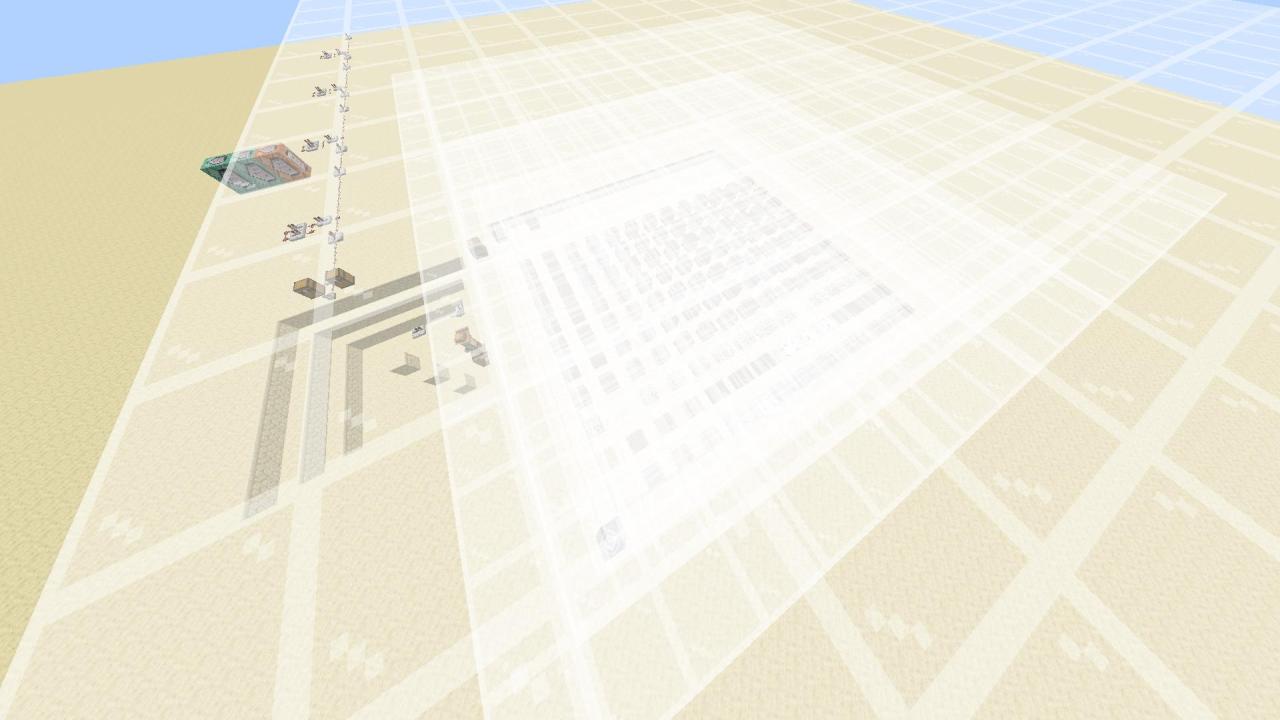
Can Mummified Hands effect be wasted on a card that already costs 0 energy?
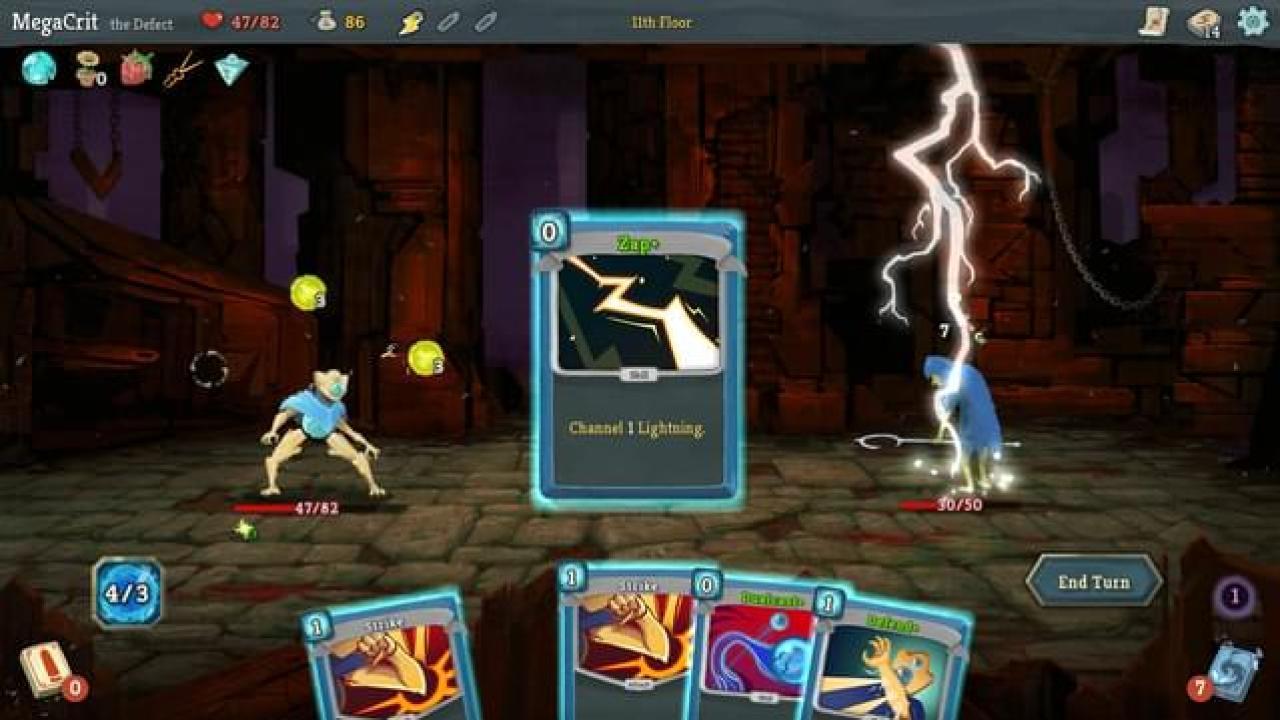
Why am I dealing so little damage to enemies in ToTK?
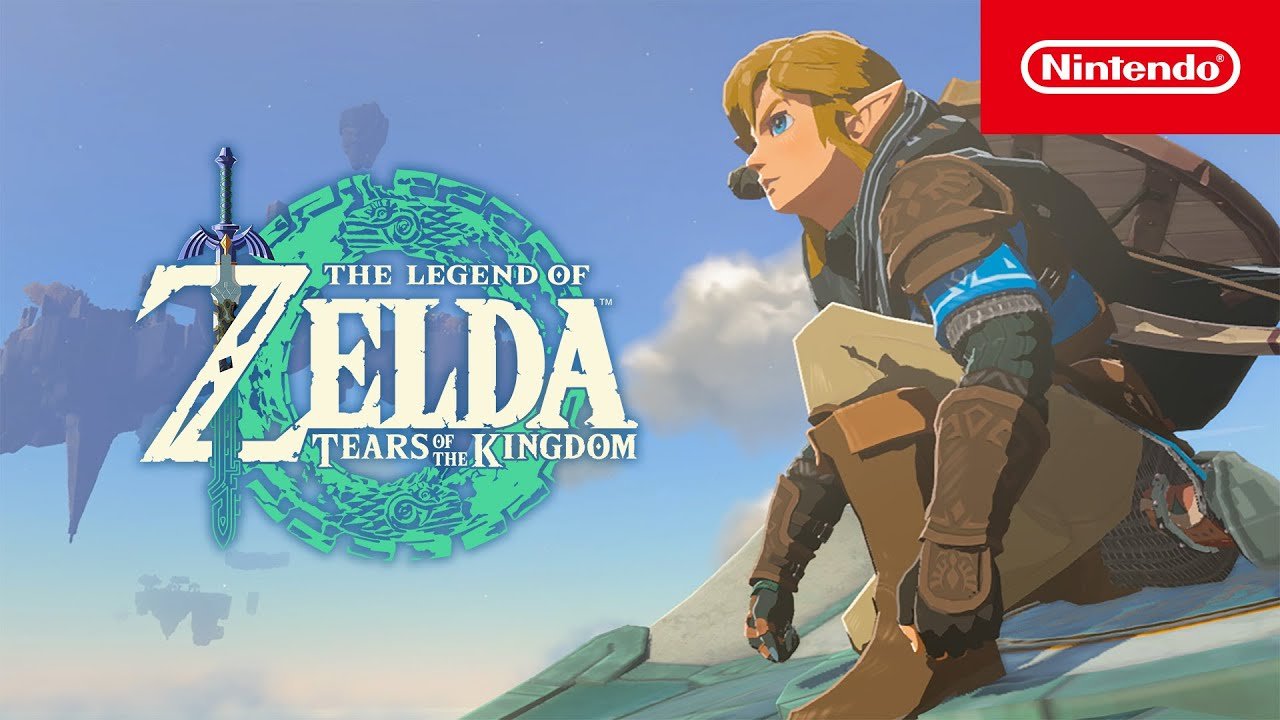
Professor Layton: are there multiple solutions to Alchemists Lair 08?
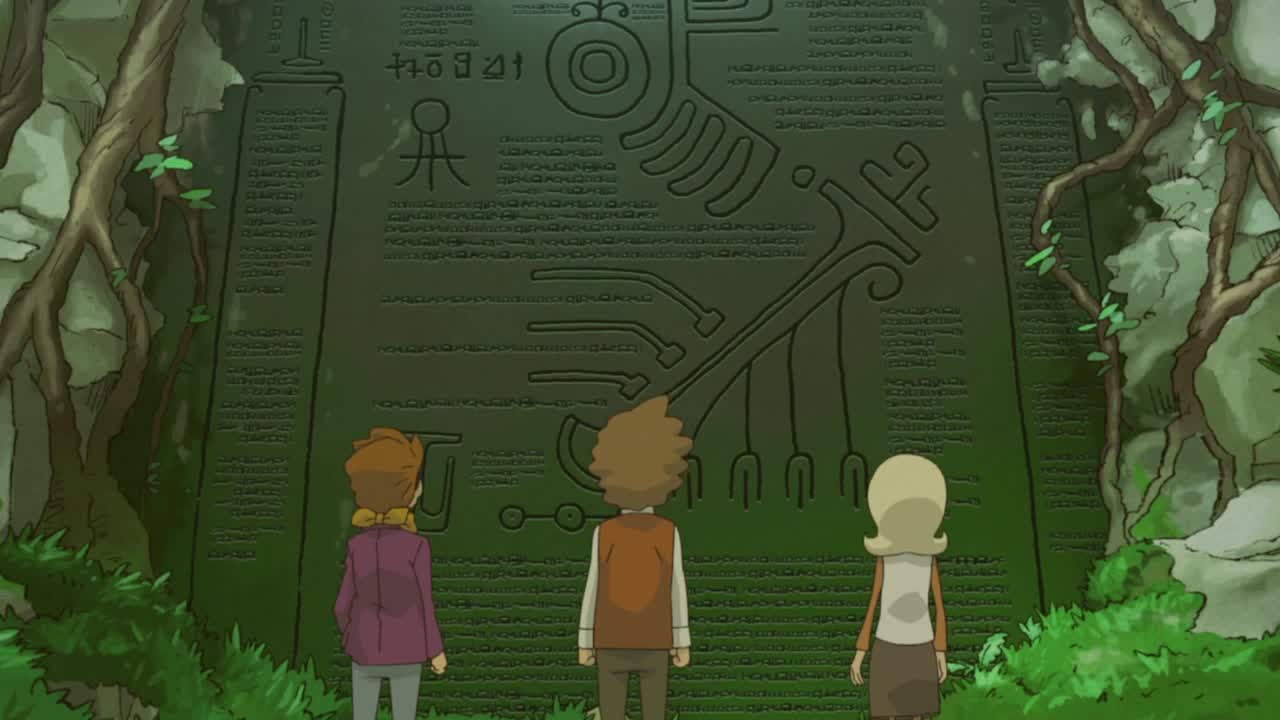
Which city does chopping production go to in Civilization 6?
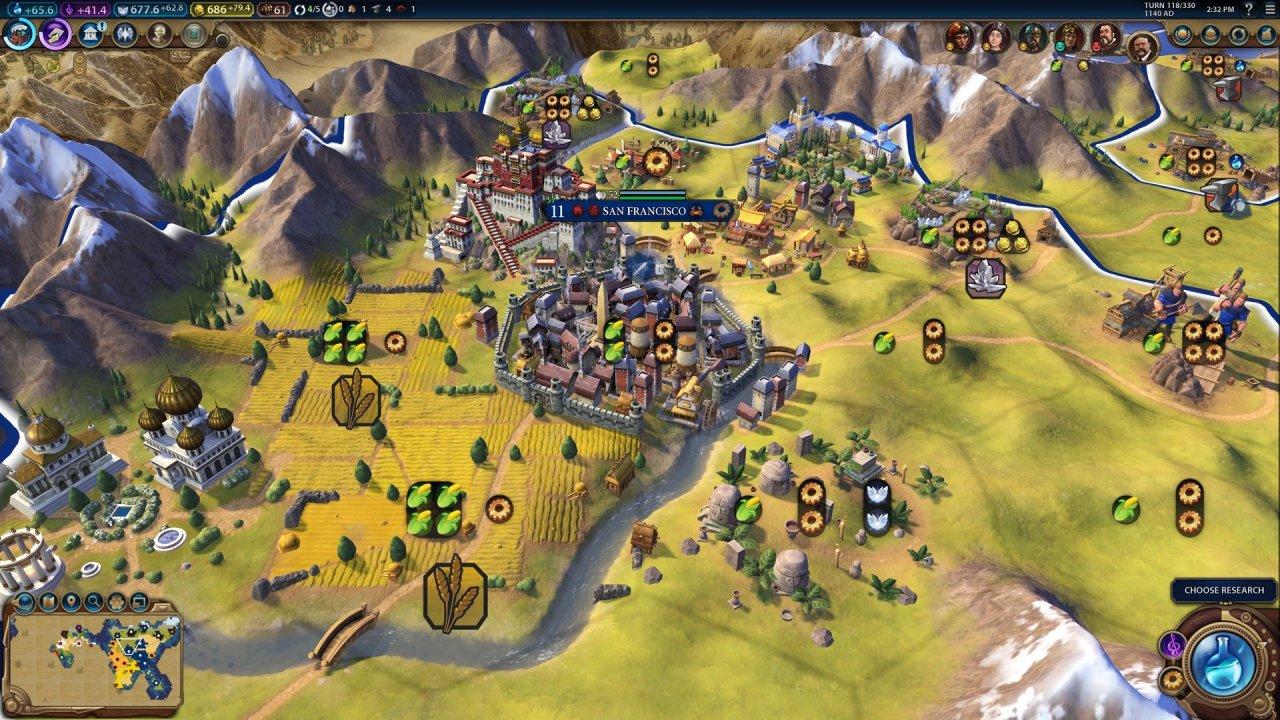
Risk of Rain 2 is not reading my controller inputs?

What are the NASA Moon and Jupiter map images?

Can I buy season 2 of The Walking Dead one game episode at a time?

Who killed the party people on the yacht in Max Payne 3?
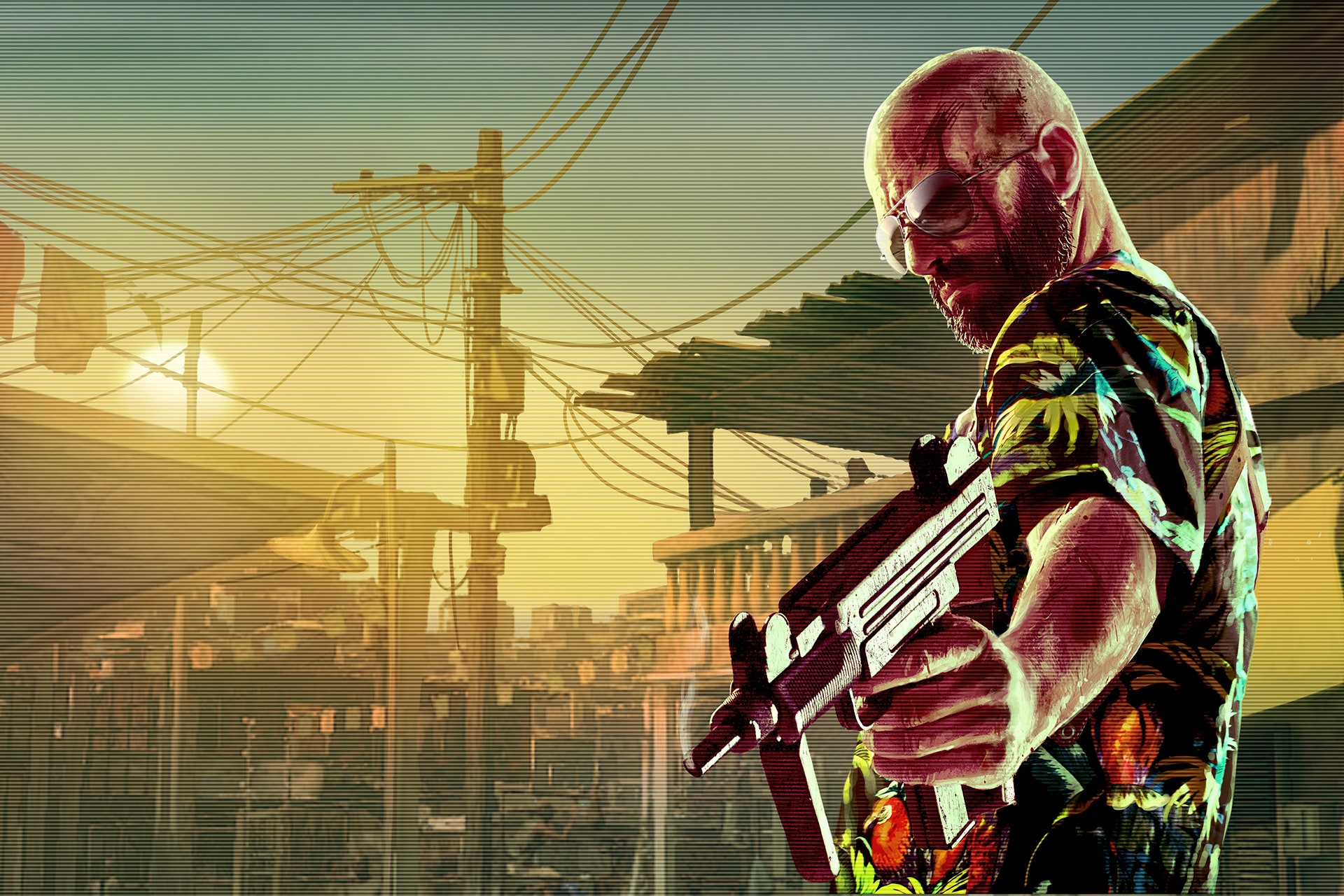
How do I trigger the effect of the new item, Enduring Brooch?
